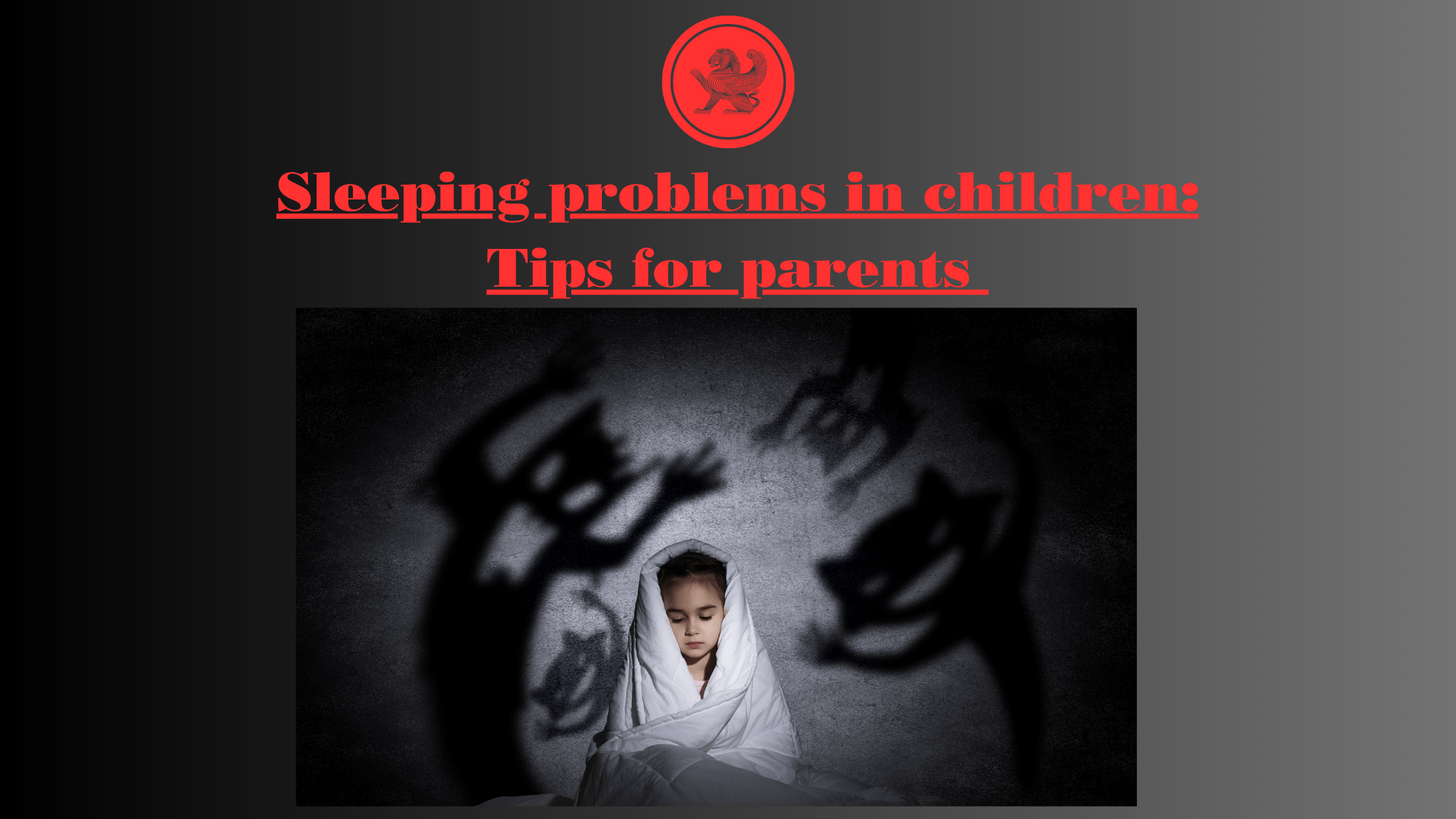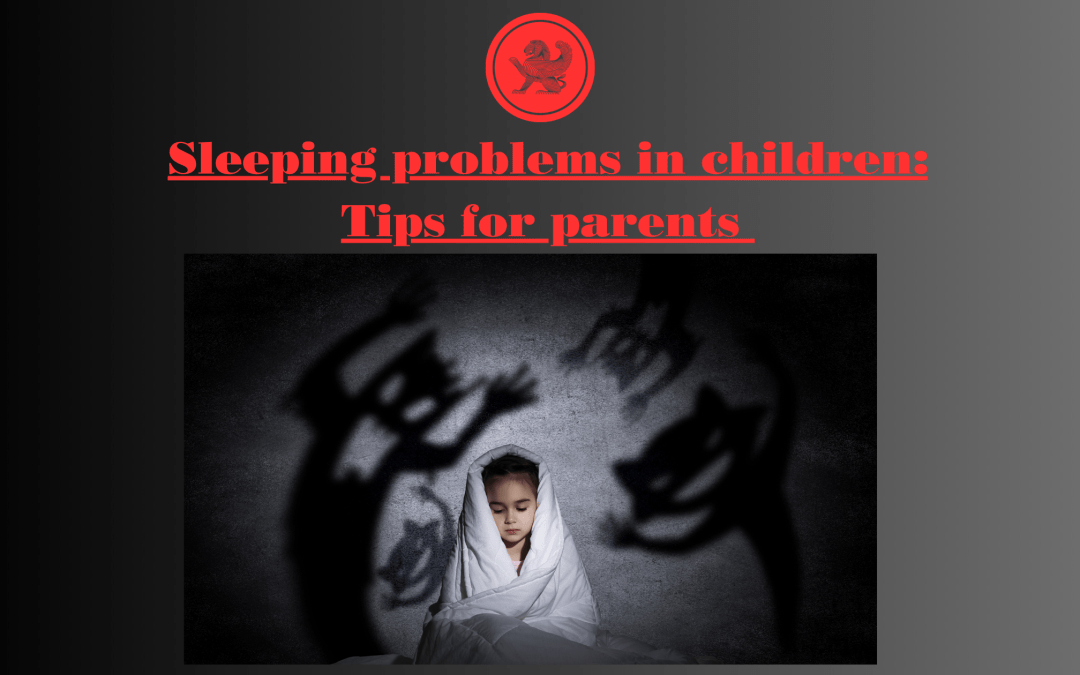CREDITS
By Dr Melane van Zyl
The most difficult part of having children was to deal with them if they did not sleep. I am one of those people who need eight hours of sleep (at least) to function.
So, what can we do with a child that does not sleep well?
Children can struggle with sleep for various reasons.
Some common factors that can contribute to sleep difficulties in children include:
1. Anxiety and fears: Children may experience anxiety or have specific fears that make it difficult to fall or stay asleep. This can include separation anxiety, fear of the dark, nightmares, or worries about school or other aspects of their life.
2. Disruptions in routine: Changes in routine, such as travel, transitioning to a new school, or major life events, can disrupt a child’s sleep patterns and lead to sleep difficulties.
3. Poor sleep hygiene: Inconsistent sleep schedules, excessive daytime napping, stimulating activities close to bedtime, or an uncomfortable sleep environment can impact a child’s ability to sleep well.
4. Medical conditions: Certain medical conditions, such as sleep apnea, restless legs syndrome, asthma, allergies, or gastrointestinal issues, can interfere with a child’s sleep quality.
5. Behavioural issues: Behavioural problems, such as attention-deficit/hyperactivity disorder (ADHD) or oppositional defiant disorder (ODD), can contribute to sleep disturbances in children.
When it comes to treating sleep difficulties in children, approaches can vary depending on the underlying cause.
Here are some strategies that may be employed:
1. Establishing a consistent sleep routine: Setting a regular sleep schedule and implementing a calming bedtime routine can help signal to the child’s body that it’s time to sleep.
2. Creating a sleep-friendly environment: Ensuring the child’s bedroom is conducive to sleep by keeping it quiet, dark, and comfortable. Techniques like white noise machines or nightlights can help alleviate fears or anxieties.
3. Addressing anxieties and fears: If anxiety or specific fears contribute to sleep difficulties, addressing and validating those concerns can be helpful. Providing reassurance, using relaxation techniques, or incorporating a transitional object can help children feel more secure.
4. Promoting healthy sleep habits: Encouraging good sleep hygiene practices, such as limiting screen time before bed, avoiding stimulating activities, and promoting regular physical activity during the day, can support better sleep.
5. Cognitive-behavioral therapy for insomnia (CBT-I): CBT-I techniques, adapted for children, can help address negative thoughts and behaviours surrounding sleep, providing strategies to improve sleep quality and manage anxieties or fears.
6. Medical intervention: In cases where underlying medical conditions contribute to sleep difficulties, appropriate medical intervention may be necessary. This could involve treating conditions such as sleep apnea or allergies with the guidance of a healthcare professional.
It’s important to consult with a pediatrician or a sleep specialist if your child consistently struggles with sleep difficulties or if the sleep issues significantly impact their well-being and daily functioning. They can evaluate properly, offer tailored recommendations, and guide you through an appropriate treatment plan for your child’s specific needs.


